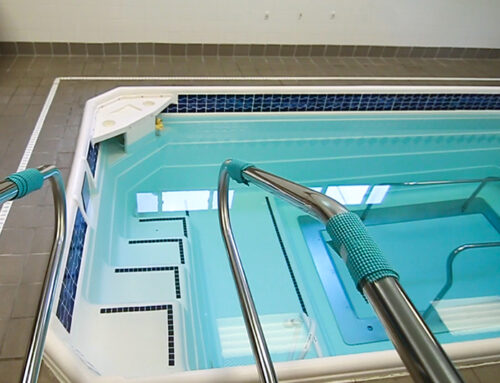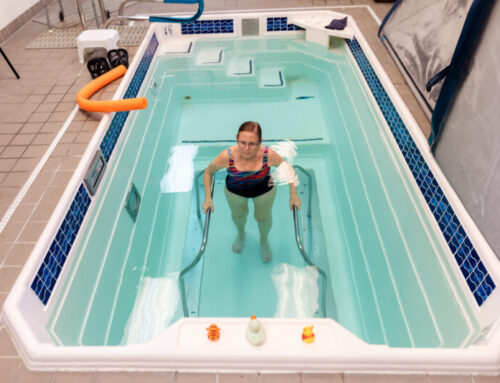Aquatic therapy, also known as hydrotherapy, is a type of physical therapy that involves exercises and movements performed in a pool or other body of water. It is a great option for those with osteoporosis as the buoyancy of the water can help reduce the impact on bones and joints, while still providing a challenging workout.
Osteoporosis is a condition that causes bones to become brittle and weak, often leading to fractures or breaks. While there is no cure for osteoporosis, physical therapy can help manage the symptoms and reduce the risk of injury. Aquatic therapy is an excellent option for those with osteoporosis, as it allows for a low-impact workout that can help build strength and improve mobility.
Here are some specific ways aquatic therapy can help with osteoporosis pains:
- Buoyancy: The buoyancy of water helps reduce the impact on bones and joints. This allows patients to perform exercises with less pain and discomfort than they might experience on land.
- Resistance: Water provides resistance to movement, making it an excellent environment for building muscle strength and endurance. By using equipment such as flotation belts and resistance bands, patients can perform a variety of exercises that target specific muscle groups.
- Cardiovascular exercise: Aquatic therapy can also provide a cardiovascular workout, which is important for maintaining overall health and reducing the risk of heart disease. Water-based exercises such as swimming and water aerobics can help improve cardiovascular endurance and promote weight loss.
- Balance and coordination: For those with osteoporosis, falls can be a significant risk factor. Aquatic therapy can help improve balance and coordination through exercises such as walking, jumping, and balance drills.
- Flexibility: The warmth and buoyancy of the water can also help improve flexibility, making it easier to perform daily tasks and reducing the risk of injury.
When it comes to post-mastectomy exercises, aquatic therapy can also be a beneficial option. After surgery, it is important to rebuild strength and mobility in the chest, arms, and back. Aquatic therapy allows for low-impact exercises that can help achieve these goals while reducing pain and discomfort.
Here are some specific exercises that may be performed during aquatic therapy for post-mastectomy patients:
- Arm circles: Patients can perform arm circles in the water to help improve range of motion in the shoulder and upper arm.
- Chest press: Using resistance bands, patients can perform chest press exercises in the water to help rebuild strength in the chest muscles.
- Scapular retractions: This exercise involves squeezing the shoulder blades together, which helps improve posture and reduce pain in the upper back.
- Flutter kicks: Patients can perform flutter kicks in the water to help strengthen the muscles in the lower back and hips.
- Walking: Walking in the water can help improve overall strength and endurance while reducing the impact on the body.
In conclusion, aquatic therapy is an excellent option for those with osteoporosis or post-mastectomy patients. By utilizing the buoyancy and resistance of the water, patients can perform a variety of exercises that can help improve strength, mobility, and overall quality of life. If you are interested in aquatic therapy, speak with your physical therapist to see if it is a good option for you.




